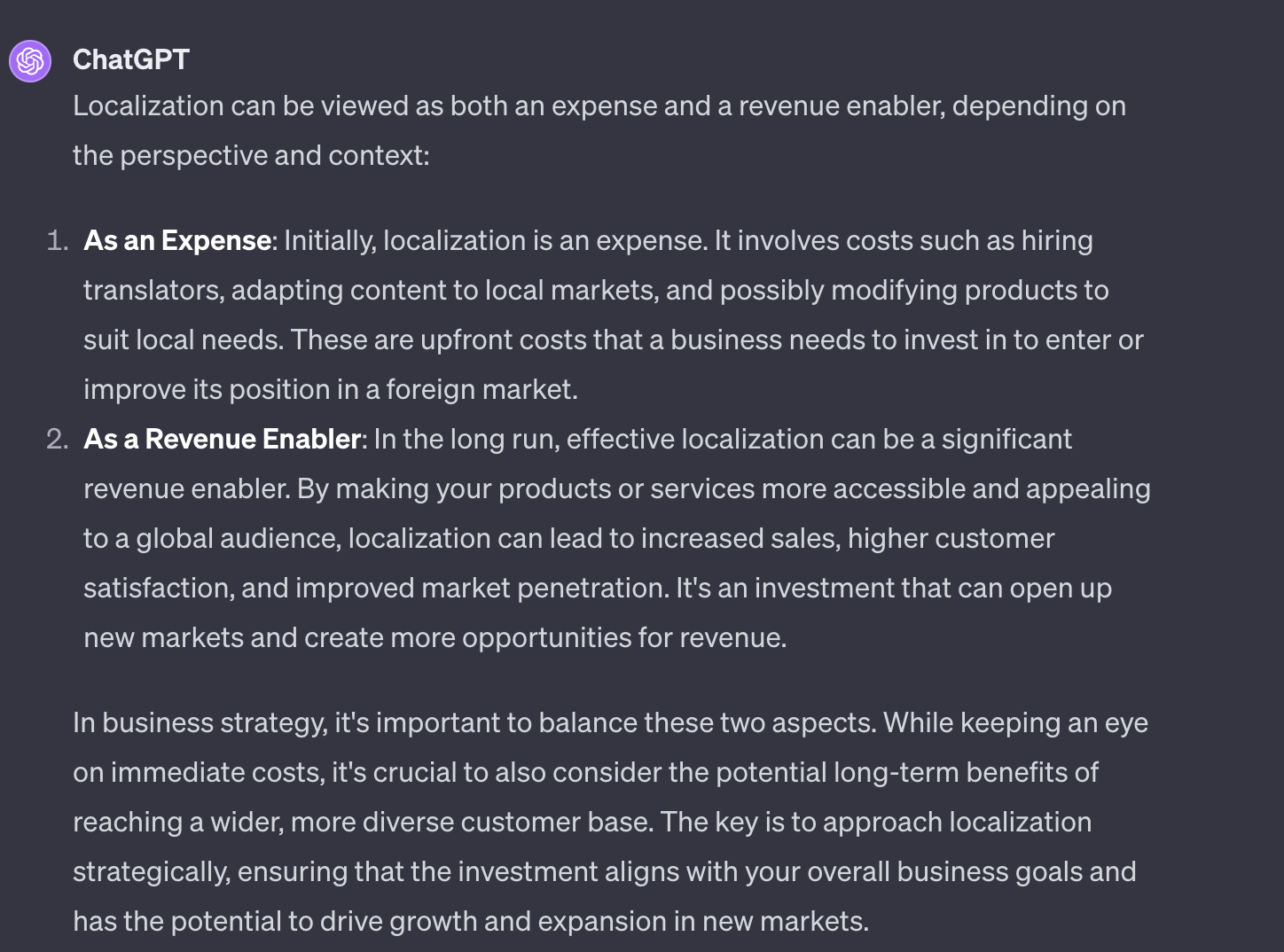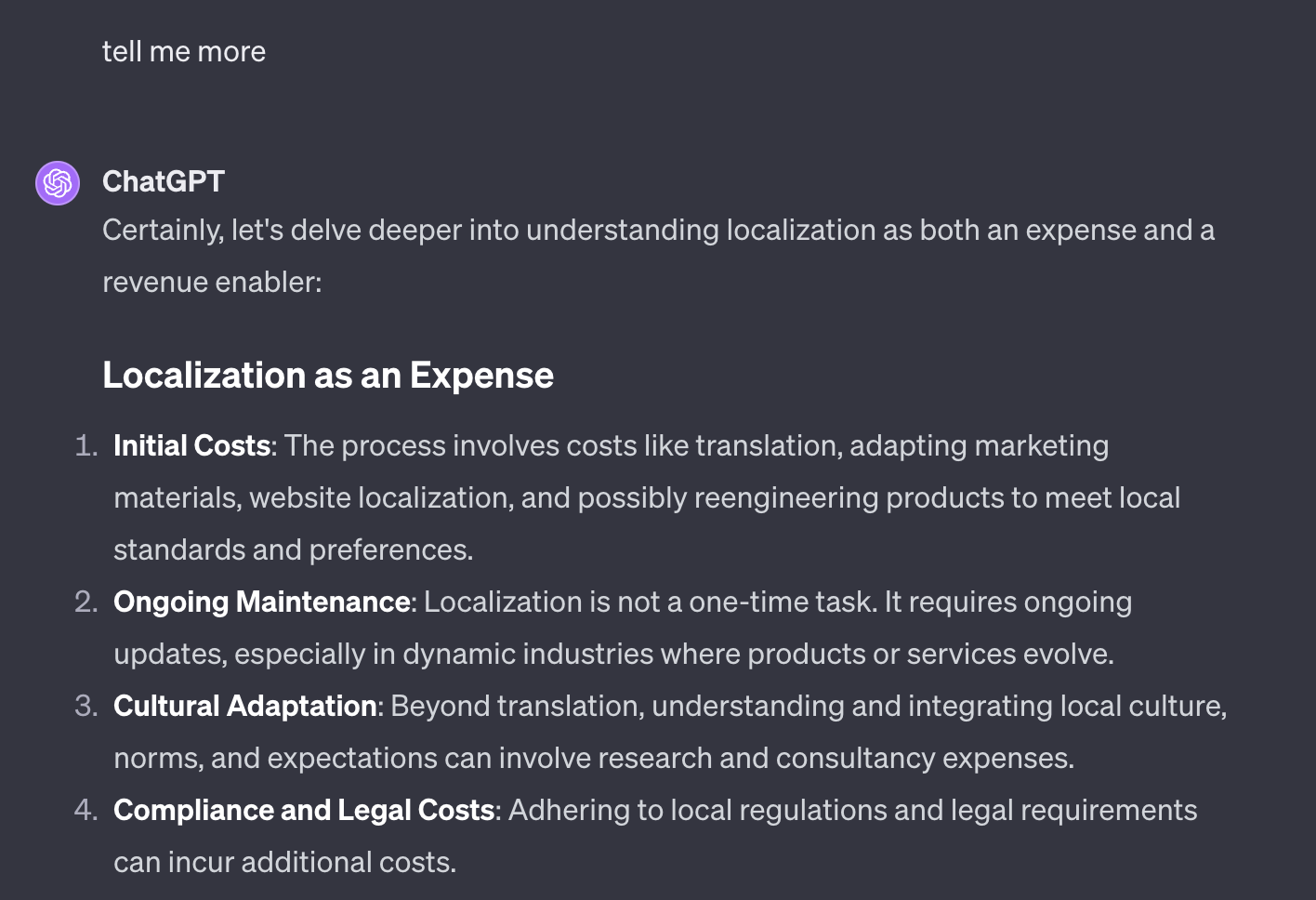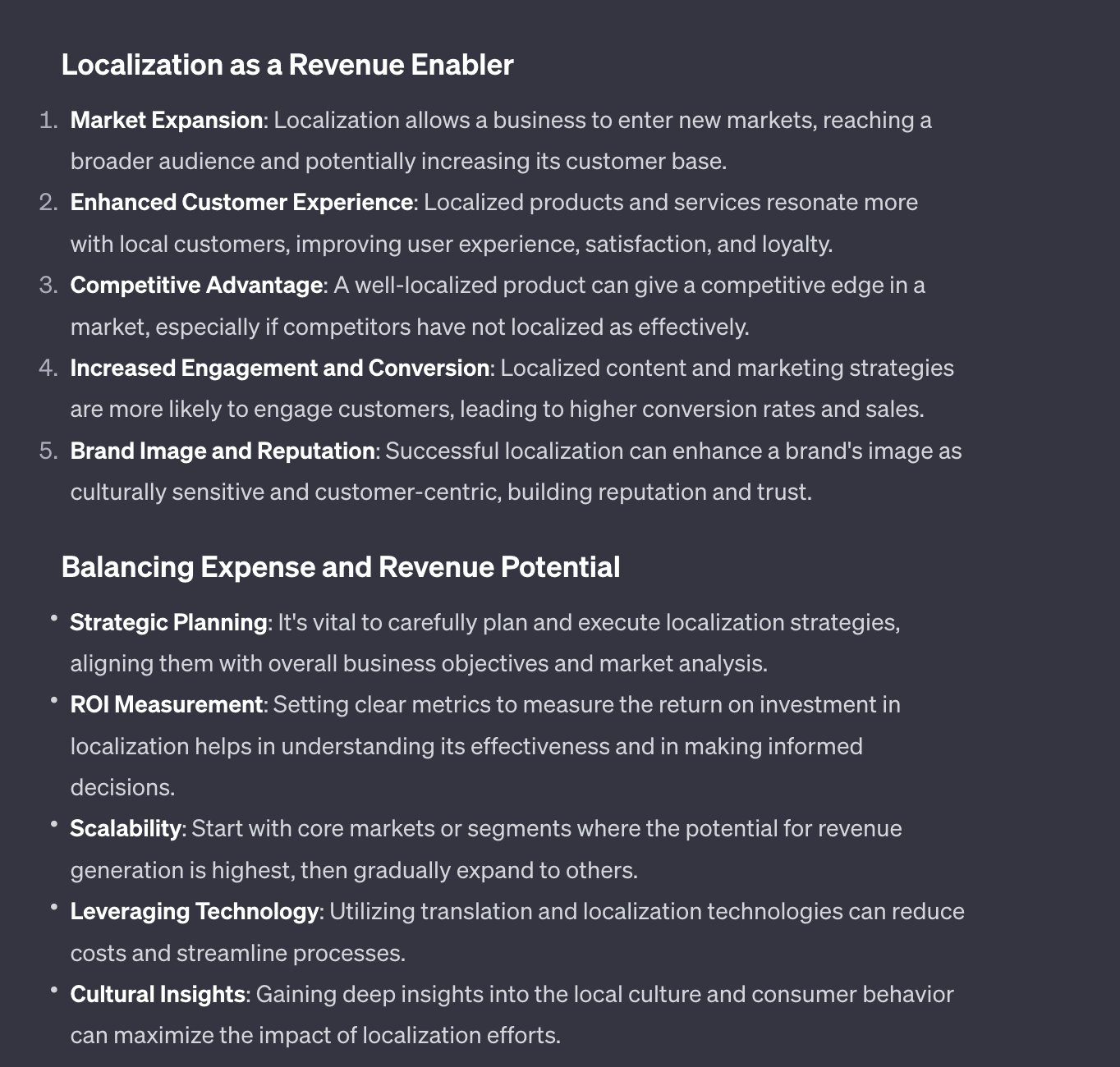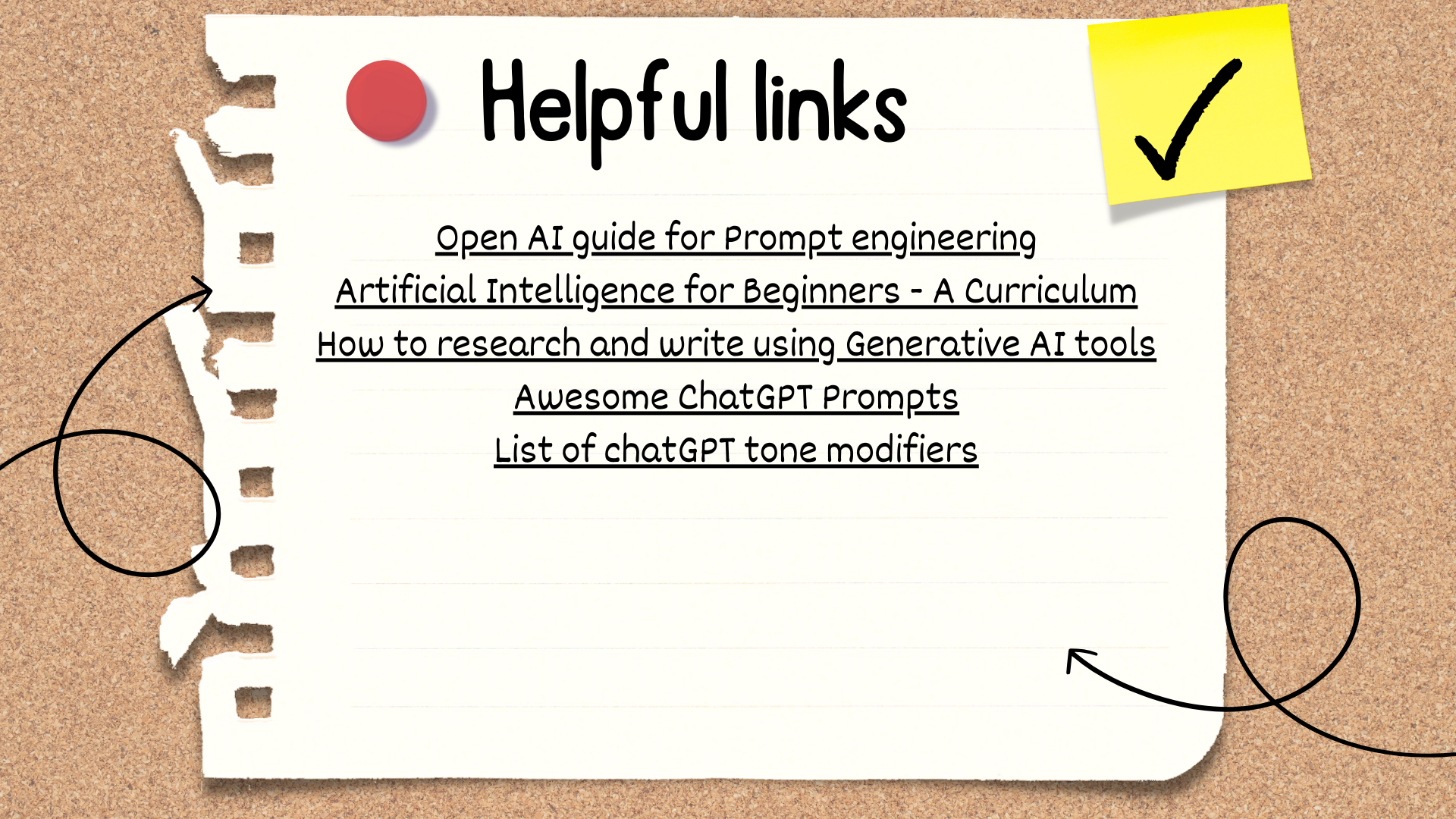9 "Cositas" that I learned after a year of using ChatGPT
At this moment, I've been using AI for over a year and a few days. I'll never forget the first day I tried it. It gave me a feeling similar to the first time I used a computer with the internet.
I had been hearing about AI since around October 2022, but it wasn't until the early days of 2023 that I decided to try it.
It happened when I was waiting at a famous bakery in Madrid on January 5th to pick up the traditional 'Roscon de Reyes' that we usually have in Spain on that day.
I had placed an order in advance, but there was still a long queue to collect it.
I thought I'd have to wait for at least 45 minutes.
So, during that idle time, I decided to explore chatGPT, which I'd heard a lot about recently.
I took out my phone, created an account, and landed on a page with a very minimalist design, similar to Google, without many distractions.
Just a box to enter a prompt, a term I did not have a clue what it meant.
That was when I had my first insight about how to improve my use of chatGPT.
Using it as a traditional search engine wouldn't harness its full potential.
My first question was quite typical: 'What will the weather be like tonight?'
I was planning to go with my family to see the 'Cabalgata de Reyes' (Kings' Parade), so I wanted to know if it would be cold.
It was a simple question, probably a dumb one, especially considering the many apps available for this purpose. But that's what came to my mind. Slowly, as the queue to grab my “roscon de reyes” moved forward, my questions became more complex.
I think the 'wow' moment regarding the potential of this technology came when I asked if localization activitiesare a cost or a revenue enabler.
This is a common question in our industry, where different stakeholders have different opinions. I thought it was a good question to experiment with. The response from GPT, explaining the reasons it could be a cost against those it could be a revenue enabler, really surprised me.



I still have the screenshot because it left me amazed. I was even more amazed when I typed 'Tell me more' to see what would happen.
That's when I realized how useful this technology could be.
It's been a year and a few days since my first interactions in that bakery queue, and now seems like a good time to share what I've learned from using chatGPT over the past year. So, without further delay, let me explain below my aha moments using chatGPT
Key findings!
1. ChatGPT works best as a conversational tool.
As mentioned above, I used GPT in the beginning as if it were some kind of Google. Even though it provided answers, its strong point is in chatting. After all, it's called chatGP T. I wonder why it took me so long to realize, especially when the tool has the word 'chat' in its name! Anyway, the best way to use chatGPT and get the most out of it is to treat it as if you're talking to someone.
2. Provide a lot of details in your prompt – write clear instructions.
Once we understand that its strength lies in conversation, the next step is to understand that the conversation is more effective if we write clear prompts, including a lot of context. I learned this from an excellent course by Dave Birss about 'How to research and write using Generative AI tools'.
When crafting a prompt, it's crucial to be both clear and specific to ensure the AI fully comprehends the request. Ambiguity can lead to generic or irrelevant responses. For instance, a vague prompt like 'How do I improve my business?' is too broad and can result in a wide range of answers. A more effective prompt would be 'What are some effective digital marketing strategies for a small online retail business?' This specific question guides the AI to provide targeted and useful advice, tailored to your particular needs in digital marketing for a small retail context.
3.- Specify the type of output
This blew my mind when I discovered it could be done. Initially, I just chatted with GPT and that was it; I'd get paragraphs in response. But then I learned that we can specify types of outputs, for example:
1. **Bullet Points:** Useful for lists, key points, or steps. For instance, "Please list the cultural considerations when localizing our product for the Japanese market using bullet points."
2. **Table Format:** This is excellent for comparisons or data that are more digestible in a structured format. Like, "Can you show a table comparing consumer tastes in the U.S., Japan, and Germany?"
3. **Paragraphs:** I’m using this format for in-depth explanations or stories. For instance, "Please detail in a paragraph the challenges of adapting mobile apps for the South American market."
4. **Numbered List:** Best for step-by-step instructions or sequences. Such as, "Outline the steps of the localization process for our website in a numbered list."
5. **Graphs or Charts:** Do you need to create a case study for something localization related? Then this prompt is for you, it’s really helpful for data insights or trend analysis. For example, "Can you display the age distribution of our target audience in Brazil using a chart?"
6. **Flowchart or Diagram:** Handy for visualizing processes or flows. Like, "Could you design a flowchart showing the phases of our localization project for the upcoming product?"
4.- Characters- role playing
This is fascinating. It's the role you want ChatGPT to assume. It could be a specialist, a writer, a politician – you choose. The trick, as Dave clarifies in his course, is to be straightforward with a preamble such as:
"You are a seasoned localization expert with a wealth of experience in crafting effective strategies for diverse markets. Your strength lies in creating bespoke solutions that align both culturally and linguistically with every target audience. I require your expertise to devise a robust localization strategy for our new product. Start by inquiring about the specific markets we're aiming for, the nature of the product, and any available market data or customer insights we possess. Based on this, I'm seeking your perspective on primary cultural factors, linguistic nuances, and potential localization obstacles."
5.- Simplify complex questions
Turning complex questions into simpler ones is truly helpful. I like this approach because:
- Each straightforward question addresses just one aspect, ensuring clear and detailed answers.
- Simple questions are more easily understood and correctly answered by the AI.
- Responses to basic questions are typically shorter and more comprehensible.
- By posing one clear question at a time, we can methodically gather all the necessary information, refining our understanding as we proceed.
For instance, rather than posing a broad query like, "How should I adapt my entire product range for global markets?", we could segment it into: "What are the initial steps in localizing a website for the French audience?", followed by more targeted questions about various elements of the localization procedure. This strategy guarantees that each component of our intricate question is addressed in depth and precisely.
6.- Explain Your Thought Process
One of the challenges with chatGPT as of today is that it sometimes makes things up! I imagine that in a few years, this problem will be resolved, but as of now, it's one of the main challenges when using these LLMs.A way to detect and try to figure out if GPT is misleading us is to ask it to explain its thought process.
ChatGPT is exceptionally good at explaining things. Therefore, use the prompt "Explain your thinking" when you wish to delve deeper.
7.- Ask me questions before you answer
This strategy has been very helpful to me. Sometimes, you might not be sure what information the AI needs from you to produce a satisfactory response. So, instead of drafting a complicated prompt, you can instruct chatGPT to question you before delivering an answer. For example, a prompt could be, "I'm working on a localization strategy for a new product in various markets. Before offering suggestions, ask me if everything is clear.
8.- Use ChatGPT for Summaries
LLMs work very well to obtain summaries of books or general articles. A prompt for summarizing an article might be something like this:
" I have a lengthy article on localization in untapped markets, and I'd like a concise summary. Please read it and highlight the main points simply. I'd also appreciate a concluding sentence about the article's central theme. Here's the article I want summarized: '[TEXT]'."
9.- The Follow-Up
Follow-up questions work wonderfully. Once we understand that chatGPT is designed for conversation, we can engage in a dialogue, using prompts to delve deeper into the discussion. In this regard, these prompts I learned from Dave Birss's course have been very beneficial:
• Let's delve deeper using analogies
• Let's delve deeper with examples
• Let's explore this from a broader perspective
• Let's view this from the opposite angle
• Let's delve deeper from an economic viewpoint
Conclusion
Beyond the debate of whether AI is a threat or an opportunity, I believe AI is here to stay, whether we like it or not. It remains uncertain if it will be a threat or an opportunity. Being an optimist by nature, I prefer to view it as an opportunity. For my peace of mind, when I'm unsure if something can be good or bad, I choose to believe it will be good, and time will tell if my optimism paid off. Generally, this approach has served me better than choosing a pessimistic path.
When I discovered Yahoo and used the internet for the first time on a computer in a public library where I was studying my computer engineering degree, I was amazed. I thought about all the possibilities it opened up, and I feel the same about chatGPT. I think it's essential, however, to test chatGPT to tailor it to our usage style. The key is to try it out, see what's useful and what's not, and iterate. But as I see it, these LLMs will be a game changer. I hope this post, with my insights, is of value to you!




















Localizability has always been a challenge small issues in source content often lead to big problems later in translation. In this post, I explore how AI is giving localization teams a powerful new way to improve source quality, reduce friction, and create better content for every market right from the start.